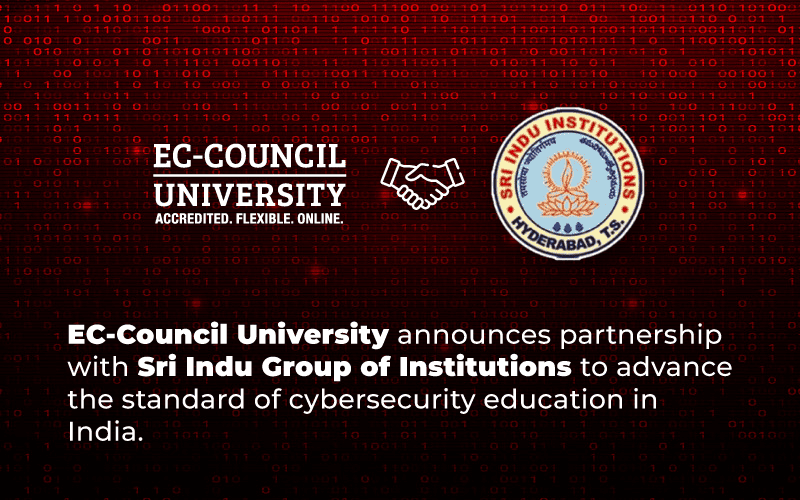What is Biometric Security?
Biometric security has become integral to modern authentication systems, offering a continuous and efficient way to verify identity. From unlocking smartphones to securing sensitive data, fingerprint biometrics has emerged as a preferred method due to its convenience and perceived security. However, with growing concerns around fingerprint security and biometric authentication, it is crucial to ask: Is your fingerprint really safe?
The Rise of Biometric Security
Biometric security relies on unique physical or behavioral traits to authenticate users. Fingerprint biometrics, facial recognition, iris scanning, and voice recognition are common forms of biometric authentication used today. Fingerprint security, in particular, has gained widespread adoption due to its high accuracy and ease of use.
Unlike passwords or PINs, biometric data is challenging to replicate, making it an attractive option for security-conscious individuals and organizations. However, while fingerprint safety provides a robust layer of security, biometric system vulnerabilities pose significant risks.
How Fingerprint Biometrics Work
Fingerprint biometrics capture an individual’s fingerprint pattern through a scanner, which converts it into a unique digital template. This template is stored and compared against future scans for authentication. Unlike traditional authentication methods, fingerprint data security depends on the assumption that no two fingerprints are alike.
However, despite its advantages, biometric data protection is not foolproof. Several security risks associated with fingerprint biometrics can compromise an individual’s identity and sensitive information.
Biometric Security Risks and Vulnerabilities
1.Biometric Data Breaches:
Unlike passwords, biometric data cannot be changed once compromised. If hackers access fingerprint data, affected individuals cannot simply “reset” their fingerprints. A breach of biometric databases can lead to severe concerns, such as identity theft and unauthorized access to secured systems.
2. Spoofing and Presentation Attacks:
Cybercriminals have developed sophisticated methods to bypass biometric authentication. High-resolution images, fake fingerprints made of silicone, and even AI-powered deepfake technologies can trick fingerprint sensors, exposing biometric system vulnerabilities.
3. Storage and Encryption Issues:
Biometric data must be securely stored to prevent unauthorized access. If biometric data is stored in plaintext or inadequately encrypted databases, it becomes a prime target for cyberattacks. Secure storage solutions, such as on-device storage rather than cloud-based databases, can enhance fingerprint data security.
4. Lack of Regulation and Standardization:
Although biometric authentication is widely used, there are still gaps in regulatory frameworks governing biometric data protection. Different countries and organizations have varying approaches to securing biometric information, leading to inconsistencies in fingerprint safety measures.
5. Cross-Device Compatibility Risks:
Interoperability issues may arise as biometric systems integrate across various devices and platforms. If one system has weaker security protocols, it can act as a gateway for hackers to approach more secure systems, increasing overall biometric security risks.
Best Practices for Fingerprint Data Security
To enhance biometric security and minimize risks, individuals and organizations should implement the following best practices:
1. Use Multi-Factor Authentication:
Relying solely on fingerprint biometrics may not be sufficient. Combining biometric authentication with traditional security measures such as passwords, PINs, or two-factor authentication can provide an additional layer of protection.
2. Ensure Secure Storage of Biometric Data:
Biometric data should be encrypted and stored locally on devices rather than on centralized servers. Secure enclaves, such as Apple’s Secure Enclave or Android’s Trusted Execution Environment, can provide enhanced fingerprint security.
3. Regularly Update Security Measures:
As hacking techniques evolve, biometric security systems should be continuously updated with the latest security patches and software enhancements to address emerging biometric system vulnerabilities.
4. Adopt Privacy-Focused Biometric Technologies:
Organizations should implement privacy-preserving biometric solutions, such as decentralized identity systems or biometric template protection techniques that transform biometric data into non-reversible formats.
5. Educate Users About Biometric Security Risks:
Raising awareness about biometric security risks is essential in preventing biometric-related cyberattacks. Users should be careful when sharing biometric data with third-party applications and ensure they use secure devices.
Biometric security, particularly fingerprint biometrics, has revolutionized authentication by offering convenience and enhanced security. However, fingerprint safety is not immune to threats. The increasing prevalence of biometric security risks underscores the need for stronger encryption, robust authentication protocols, and user awareness.
While biometric authentication continues to evolve, individuals and organizations must remain vigilant in protecting fingerprint data security. We can prioritize protecting biometric data by adopting effective security measures and staying updated on evolving threats.
The Role of EC-Council University in Cybersecurity Education
EC-Council University equips cybersecurity professionals with the knowledge and skills to combat biometric security risks. EC-Council University offers specialized cybersecurity degree programs that cover critical topics such as cryptography, ethical hacking, and digital forensics, preparing students to address real-world cybersecurity challenges. Through comprehensive coursework and hands-on training, EC-Council University empowers students to develop robust security solutions, ensuring that biometric data protection remains a top priority in the digital age.
Take the next step in your cybersecurity career! Enroll today and become a leader in protecting digital identities and securing biometric systems for the future.








